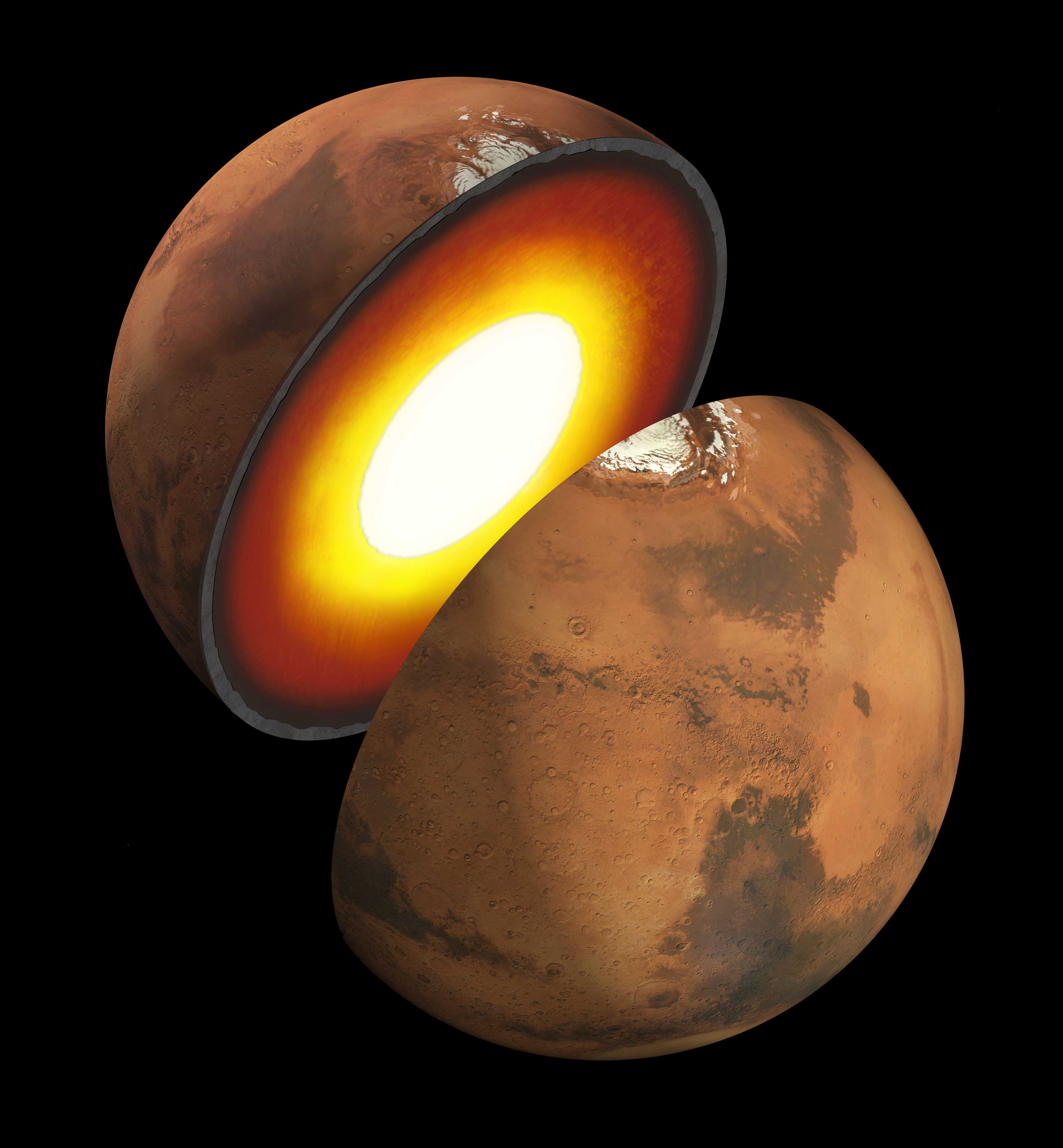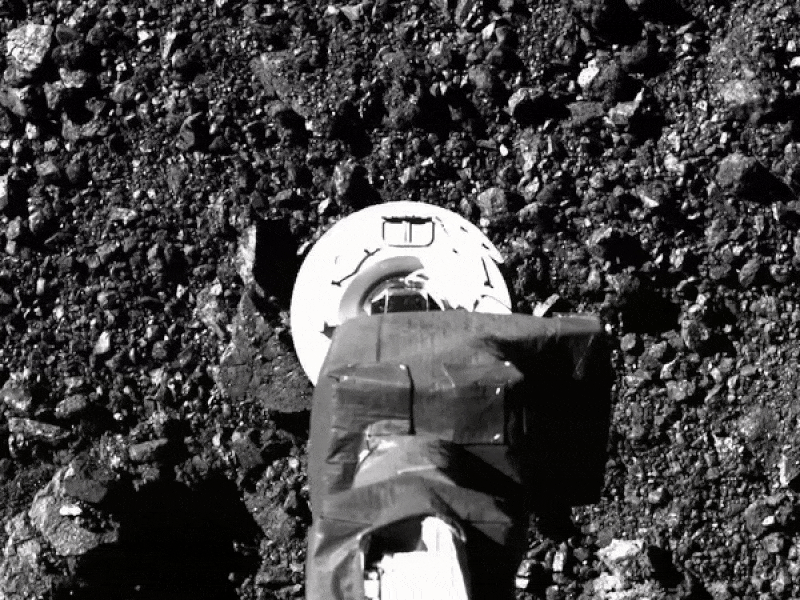White dwarf stars have been a mystery since they were first discovered. Extraordinarily hot and compact, the engima of white dwarfs was unraveled largely through the herculean efforts of the Harvard computers. Astronomers now know white dwarfs are the final stage of a violent aging process for Sun-like stars. And though astronomers originally expected such violence would spell doom for any planets in orbit, mounting discoveries show that some planets at least can survive this cataclysmic descent into stellar senescence. Whether any life survives on those planets is another matter.
Continue ReadingPublic Outreach
Evading the celestial police, one Italian monk ushered in the golden age of asteroidal discovery. Once thought the remnants of a long-lost planet, asteroids are now known to have been the ingredients in the cosmic confectionaries we call planets. Though their shadows have revealed a variety of asteroids, scientists will soon get their hands on fragments of these faraway finds.
Continue ReadingFrom our friends at The Idaho Statesman:

From a sandy spit in Florida, an ear-shattering rumble followed by a sky-splitting streak of light heralded the launch of NASA’s Lucy mission, a twelve-year effort to explore sky-borne fossils. The mission began its journey to visit seven asteroids, with orbits stretching from Mars to Jupiter.
Like artifacts from someone’s childhood, Lucy’s targets will help unravel the rich and complex story of the Solar System’s earliest days. But these targets promise an even deeper glimpse than before because of exactly where they orbit. These asteroids have been trapped for billions of years in a spiderweb woven from gravity, the subtle strands of which were teased apart in 1770s Prussia by the Franco-Italian heir to Newton’s legacy.
Continue Reading
WASP-12 b is in trouble. A giant ball of mostly hydrogen, the planet circles its star once every 25 hours. The resulting intense stellar irradiation drives super-sonic storms of plasma around the world, and the atmosphere has so much thermal energy, in fact, that some of it is escaping into space. But it gets worse. WASP-12 b is steadily tumbling toward its host star, and astronomers expect that, within a few million years, the star will eat the planet.
WASP-12 b is one of a few hundred hot Jupiters, gas giants very close to their stars, and so far, it’s the only one we have confirmed in a death spiral. Many other hot Jupiters probably are probably also condemned, but how many more can we find perched on the edge of destruction? And, come to think of it, how did the planets find themselves in such precarious positions in the first place? To answer these questions, astronomers need to understand how many hot Jupiters there are out there and how many more are left to be found.
Continue Reading
When the first exoplanets were discovered, astronomers were shocked to find gas giants like Jupiter but zipping around their host stars in days rather than years. These hot Jupiters orbited so close that astronomers worried they might eventually spiral into their stars. Although no one has yet seen a planet disappear, mounting circumstantial evidence suggests perhaps 35% of stars actually do consume their planetary children.
Continue Reading
Tonight (2021 Aug 11), one of the most prolific meteor showers in the year, the Perseids, will crescendo and light up Idaho skies. What are the Perseids, what should you expect to see, where should you go to see them?
Continue Reading
Friday marked the end of the 2021 TESS Science Conference. Hosted virtually by MIT, this workshop marked the second in a series dedicated to exoplanet science related to NASA’s TESS (the Transiting Exoplanets Survey Satellite) mission. From the discovery of a gas giant on the verge of tumbling into its host star to observations of starquakes, the week was crammed too full for a single blog entry to do it justice.
So instead of a full summary, I wanted zero in on one topic that has profound implications for understanding the natures of exoplanets: the planets’ compositions.
Continue Reading
NASA has sent missions to Mars since the mid-60s, but Mars’ interior has remained hidden from view. The InSight mission has begun to lift the veil to reveal a world with active quakes, shedding light on Mars’ ancient history, but the grand successes have also come with frustrating failures.
Continue Reading